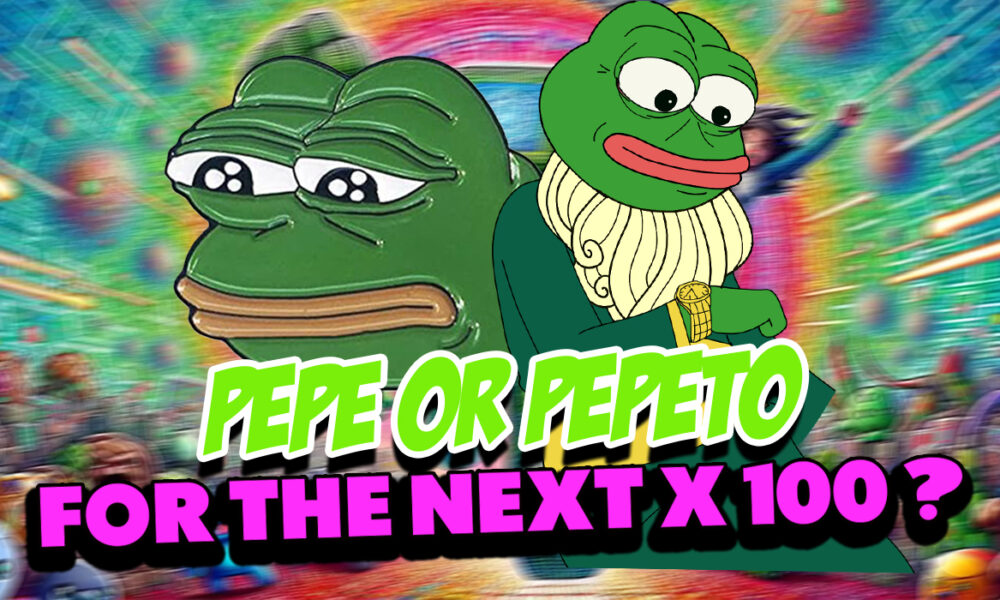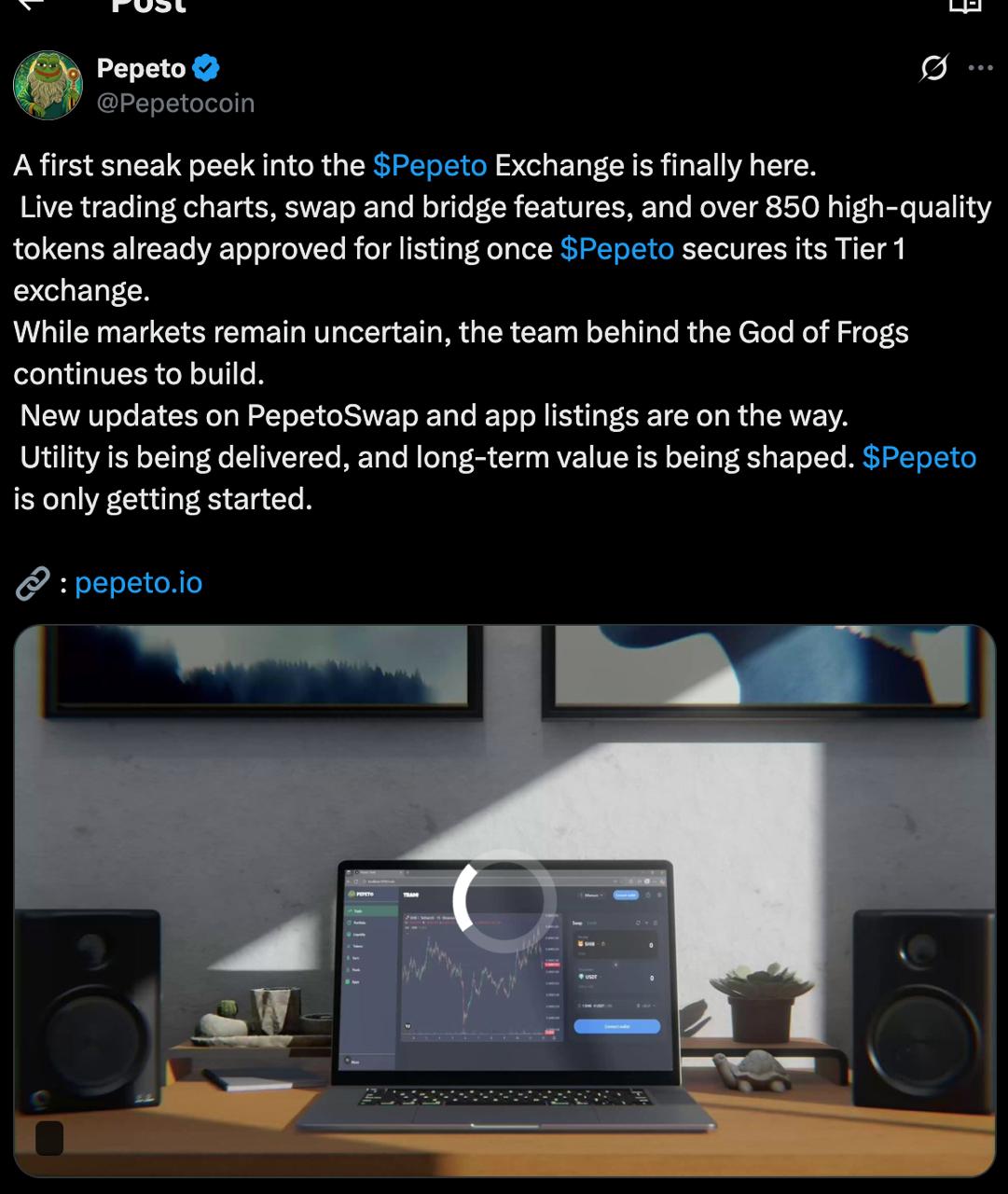Best Meme Coin to Buy in July 2025: Pepeto, Pepe, or Shiba Inu?

While memecoins are a subject of constant critique in the crypto industry, they represent the true spirit of the cryptocurrency community: fast, unpredictable and vibrant. These lighthearted tokens have gone beyond the limitations to prove that they also can be worthy investments when done right.
July is just around the corner, marking the beginning of H2 of 2025, and savvy investors are on the lookout for the best ways to boost their portfolios. Experts have named Pepeto, Pepe, and Shiba Inu as worthy contenders but which of these three coins stands out as the best choice?
#Pepeto is a frog-inspired menecoin built on Ethereum and popular known for its smooth blend of humor and utility. With a fun and engaging approach to storytelling, Pepeto is here to change the tides of what is expected from meme-based projects and is the best presale to invest in right now.
Pepeto aims to transform the crypto trading experience with its memecoin marketplace called Pepeto Swap, which is set to launch in 2025. The platform offers multiple attractive features such as free listing fees, enhanced security and asset protection, hassle-free bridging across chains and endorsed tokens.
Pepeto’s ecosystem is based on six core principles which include: Power, energy, precision, efficiency, technology and optimization. These pillars work together to form the blueprint of Pepeto’s vision and play an integral role in the token’s success.
With over $5.5 million raised in presale, Pepeto is geared to make a lasting mark in the crypto world and offer unbeatable returns. Don’t miss out on the chance to be an early investor and boost your portfolio this July.
Pepe
Inspired by the early 2000s Matt Furie comic character, #PEPE is a token that many are familiar with. Over the years, the memecoin has grown a cult-like supporter base and boasts of a market cap of $4.1 billion.
Pepe is a top choice for crypto investors but its lack of utility makes it fall behind Pepeto in terms of value proposition. $PEPE currently trades at $0.0000098 with a 24-hour gain of 2.9%.
Shiba Inu
Launched in August 2020, Shiba Inu is a memecoin that has achieved widespread adoption in the cryptocurrency world. SHIB changes hands for $0.000011 and sits at a market cap of $6.7 billion.
SHIB is another popular choice among investors but may not be able to hold up against other memecoins like Pepeto this July. The token has experienced a significant slash in market cap in the last few months and shows a 24-hour loss of 1.4%
Why you Should Join the Pepeto Presale Now
#PEPETO tokens are available in presale at the accessible price of $0.000000137 per token. A range of payment options is available, including card, ETH, USDT or BNB. The presale has surpassed the $5.5 million mark and is on track to reach additional milestones in the coming weeks.
ABOUT PEPETO
Pepeto is a cutting-edge cryptocurrency project blending the playful spirit of memecoins with a powerful, utility-driven ecosystem. It features a zero-fee exchange, a cross-chain bridge for seamless swaps, and staking rewards designed to support the next generation of tokens.
Media Links:
Website: https://pepeto.io/
X: https://x.com/Pepetocoin
TG: https://t.me/pepeto_channel
IG: https://www.instagram.com/pepetocoin/
YouTube: https://www.youtube.com/@Pepetocoin/

Source: Best Meme Coin to Buy in July 2025: Pepeto, Pepe, or Shiba Inu?




